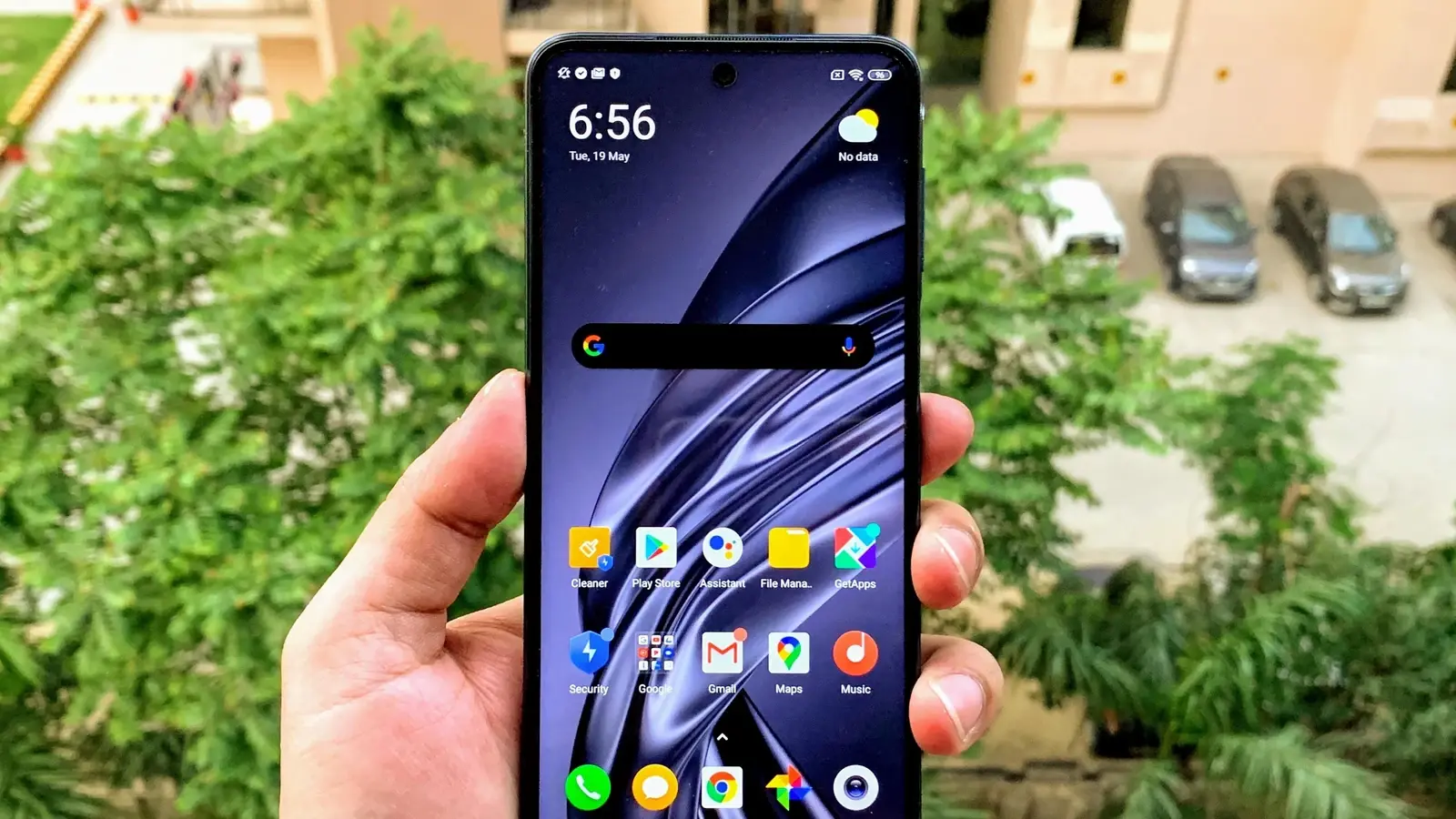In today’s rapidly evolving technological landscape, staying up-to-date with software updates is crucial for maintaining the security and functionality of your smartphone. Unfortunately, all phones, regardless of brand or price point, eventually reach a point where they no longer receive official support from the manufacturer. This lack of support can have significant ramifications for users, potentially compromising their device’s security and hindering its ability to run the latest features.
The Importance of Official Support: How It Keeps Your Xiaomi Phone Safe and Updated

This article specifically focuses on Xiaomi phones, including Redmi and POCO models, and explores the consequences of losing official support. We will also provide a simple method to determine if your Xiaomi phone is still receiving updates and highlight the importance of staying updated for optimal security and functionality.
Understanding the Risks of Losing Official Support
There are two primary areas where the absence of official support poses significant challenges for users: security and functionality.
-
Security: Software updates often encompass critical security patches that address vulnerabilities discovered in the operating system and applications. These vulnerabilities can be exploited by malicious actors to gain unauthorized access to your device, steal personal data, or introduce malware. Without these updates, your phone becomes increasingly susceptible to such attacks, putting your sensitive information at risk.
-
Functionality: Manufacturers frequently introduce new features and functionalities through software updates. These updates can enhance the user experience by improving performance, adding new features, or refining existing ones. Additionally, updates can address bugs and glitches that may be hindering the overall performance of your device. Once official support ceases, you’ll no longer have access to these advancements. Potentially limiting your phone’s capabilities and hindering its ability to perform optimally.
Checking for Official Support on Your Xiaomi Phone
Fortunately, Xiaomi provides a user-friendly tool to verify if your phone is still receiving official support. The Xiaomi Security Center website serves as a central repository where the company maintains a list of smartphones that are scheduled to discontinue receiving software updates.
Here’s how to check if your phone is still supported:
- Visit the Xiaomi Security Center website.
- Navigate to the section dedicated to update information. This section may vary depending on the website’s layout. Look for keywords such as “update status” or “end-of-life updates.”
- Search for your specific Xiaomi, Redmi, or POCO phone model on the list.
If your phone model appears on the list, it signifies that it will no longer receive official software updates after a specific date. Conversely, if your model is absent from the list, it implies that you are still receiving updates and should continue to do so for the foreseeable future.
The Importance of Regular Updates for Continued Security and Functionality
Our recommendation is to prioritize keeping your Xiaomi phone updated as long as official support is available. This ensures you receive the latest security patches, safeguarding your device from potential vulnerabilities and cyber threats. Additionally, you’ll benefit from the latest features and functionalities offered by Xiaomi’s MIUI customization layer, enhancing your overall user experience.
Here’s a more detailed breakdown of the advantages of staying updated:
-
Enhanced Security: Regular updates include crucial security patches that address newly discovered vulnerabilities in the Android operating system and pre-installed applications. These patches are vital for maintaining a robust defense against cyberattacks and protecting your personal data.
-
Improved Performance: Updates often introduce optimizations that enhance the overall performance of your phone. This can manifest in faster processing speeds, smoother app functionality, and a more responsive user experience.
-
New Features and Functionalities: Xiaomi frequently introduces new features and functionalities through software updates. These enhancements can range from innovative camera capabilities and improved multitasking options to refined user interface elements and system-wide optimizations.
-
Bug Fixes: Updates often address reported bugs and glitches that may be hindering the performance of your phone. By installing updates, you ensure a smoother and more stable user experience.

Extending the Functionality of Your Phone Beyond Official Support
While losing official support signifies the end of software updates from Xiaomi, it doesn’t necessarily render your phone obsolete. Here are some alternative approaches to consider:
-
Custom ROMs: The Android community is known for its vibrant development scene. Skilled developers create custom ROMs, which are alternative operating systems built upon the Android Open Source Project (AOSP). These custom ROMs can breathe new life into older devices by providing them with updated versions of Android, access to new features, and potentially improved performance. However, installing custom ROMs can be a complex process and may void your warranty. It’s crucial to conduct thorough research and ensure compatibility with your specific phone model before proceeding.
-
Third-Party App Updates: Even if your phone no longer receives official updates from Xiaomi, individual app developers may continue to provide updates for their applications. It’s essential to maintain an eye on app updates within the Google Play Store.
Considerations Before Moving Beyond Official Support
While exploring options like custom ROMs can be tempting, it’s vital to understand the potential drawbacks and challenges before venturing outside the realm of official support.
-
Increased Security Risks: Custom ROMs, while offering updated features, often lack the rigorous security testing procedures employed by major manufacturers like Xiaomi. This can introduce vulnerabilities and expose your device to potential security threats.
-
Potential Instability: Installing custom ROMs can be a complex process, and even minor errors during the installation can result in an unstable phone with unpredictable behavior. This instability can manifest as app crashes, system freezes, or even complete system failure.
-
Warranty Voiding: Installing custom ROMs typically voids your phone’s warranty. This means that if you encounter any hardware issues after installing a custom ROM, you won’t be eligible for free repairs or replacements from the manufacturer.
-
Loss of Features: Not all custom ROMs are created equal. Some may lack specific features or functionalities that were present in the official Xiaomi software. It’s essential to research the specific ROM you’re considering to ensure it aligns with your needs.
-
Technical Expertise Required: The process of installing custom ROMs often requires a certain degree of technical expertise. If you’re not comfortable with flashing ROMs and navigating technical forums, it may be best to stick with the official software offered by Xiaomi.
Alternatives for Extending Functionality:
While venturing outside official support can be risky, there are alternative strategies to enhance the functionality of your phone:
-
Utilize Third-Party App Stores: Explore alternative app stores like F-Droid, which offer open-source applications that may provide features or functionalities not available on the Google Play Store.
-
Invest in Peripherals: Consider using external peripherals such as power banks, wireless chargers, or additional storage devices to enhance your phone’s capabilities and user experience.
-
Explore Lite Versions of Apps: Many popular apps offer “lite” versions designed for older devices with limited hardware resources. These lite versions may offer a stripped-down but functional user experience with minimal resource consumption.
-
Embrace Cloud-Based Solutions: Cloud-based storage services and applications can alleviate the pressure on your phone’s internal storage while providing access to data and functionality from anywhere with an internet connection.
Conclusion: Balancing Security With Functionality
The decision of whether to continue with official updates or explore alternative options after your Xiaomi phone reaches its end-of-life support depends on your individual needs and risk tolerance. If security is your primary concern, staying with official updates for as long as possible is highly recommended.
However, if you’re comfortable with some level of risk and prioritize accessing the latest features, then exploring custom ROMs or alternative app stores may be an option. Regardless of your choice, conducting thorough research, understanding the potential risks, and prioritizing security best practices are crucial for a positive user experience.





